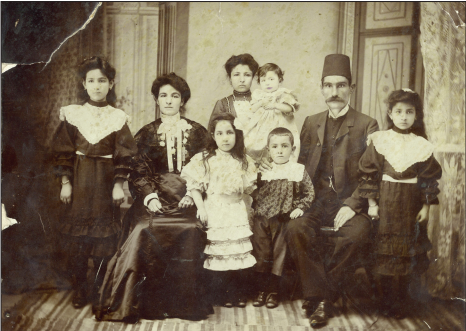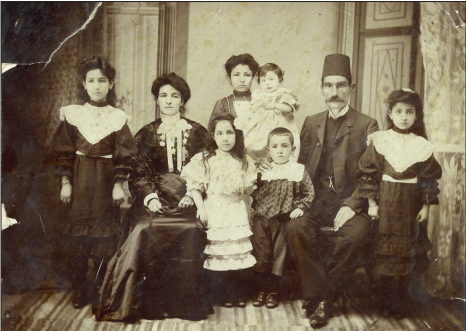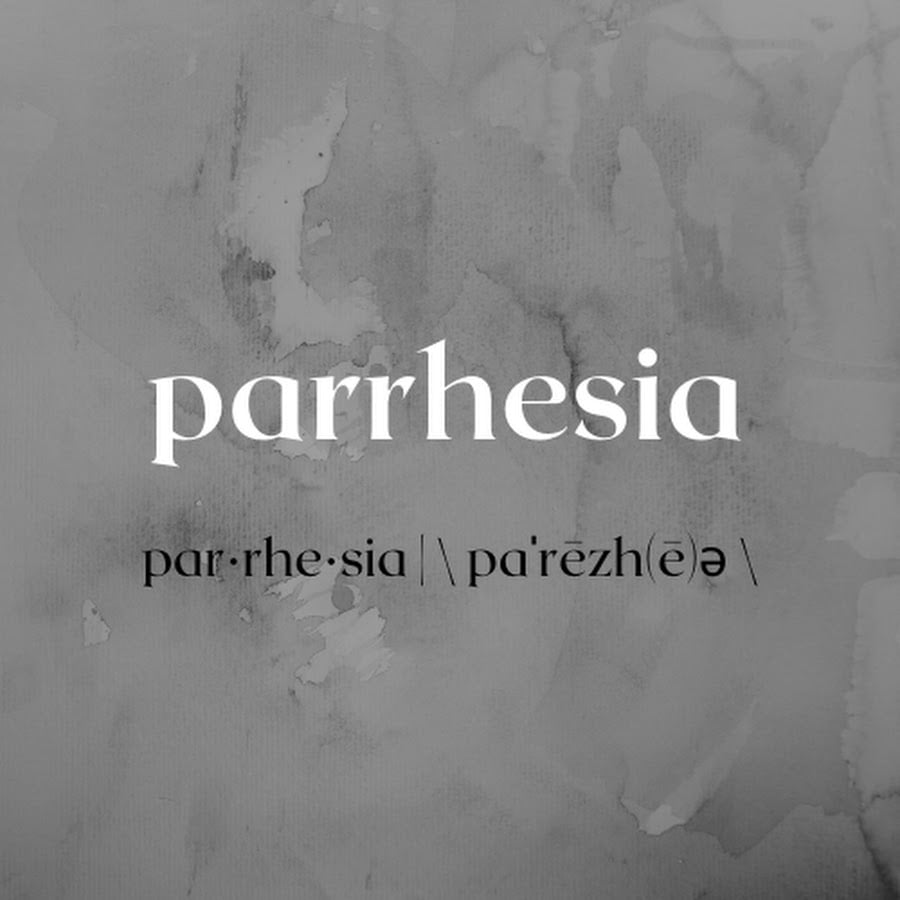Ankara’s first photographers


LUSİ TEK
We all have old black and white photographs of our grandparents or our childhood in our homes, and carefully kept albums made up of them. Most of these photographs have a handwritten date on the back; sometimes the city or place where the photograph was taken is also noted. The frames with the studio name on them were usually taken on special occasions such as weddings and engagements, with the family, in similar seating arrangements. Even years later, these albums offer us the chance to see our family elders, whom we may never have had the chance to get to know, and to witness their happy days. Such old photographs, which I came across in Erman Tamur’s book titled ‘Photography and Postcards in Ankara (1890–1960) from Antranik to Foto Rıdvan, from Mugamyans to Gökçeatam’, published by Koç University Publications, reminded me of the photographs I had seen in family albums of my grandparents who had left the world long before I was born, taken in Ankara. Thanks to this book, I also learnt that the first three photographers to open a photography studio in Ankara were A. G. Cevahirciyan, M. Mugamyan and Vincent Pernayan.
In the book, we first meet Antranik G. Cevahirciyan, a native of Sivas. Cevahirciyan, who was an apprentice to Abdullah Brothers in Istanbul, established the first photography studio in Ankara in 1889 or 1890. Until the mid-1910s, he photographed events such as groundbreaking ceremonies of official buildings, inaugurations and official celebrations. Tsolag, one of the Dildilyan Brothers, apprenticed under Cevahirciyan, who is believed to have had a studio in Sivas before Ankara, and learnt the profession from him.

The first record of M. Mugamyan, the founder of Ankara’s second photography studio, is dated 1898 in the Oriental Trade Yearbooks. Unlike Cevahirciyan, Mugamyan printed his Ankara photographs as postcards. This was a first for Ankara and he and his brother did this in partnership under the name ‘Mugamyan Brothers’. Mugamyan’s photographs of Ankara constitute an important archive and a wide visual memory of the city, allowing us to see different parts of the city, the atmosphere of the period in which they were taken, and to compare them with the city’s present situation.
The third Armenian photographer of Ankara is Vincent Pernayan. Although it is known that Pernayan started his career in 1905 and was active until 1909, there is no information about him afterwards. Unlike the other two photographers, only his studio photographs are known. His professional life in Ankara was shorter than the other two.
From the 1920s onwards, the number of studios in the city gradually increased. Mehmet Adil Bey’s ‘Zafer Fotoğrafhanesi’ and İsmail Remzi Bey’s ‘Hilal Fotoğrafhanesi’ are the famous studios of the period. In the book, which takes the reader on a pleasant visual journey into the past while describing the development of photography in Ankara, it is noteworthy that in the early 1900s, when photography culture had not yet become widespread in Ankara, the Christian people of the city showed interest in the subject and were familiar with this field from examples in Istanbul. The photographs and old postcards in the book reminded me once again how valuable such materials are for understanding the past of a city and society.
It was an equally pleasant experience for me to discover these three Armenian photographers, whose names are almost forgotten today and about whom there is limited information, through their photographs immortalised in old photo archives.



